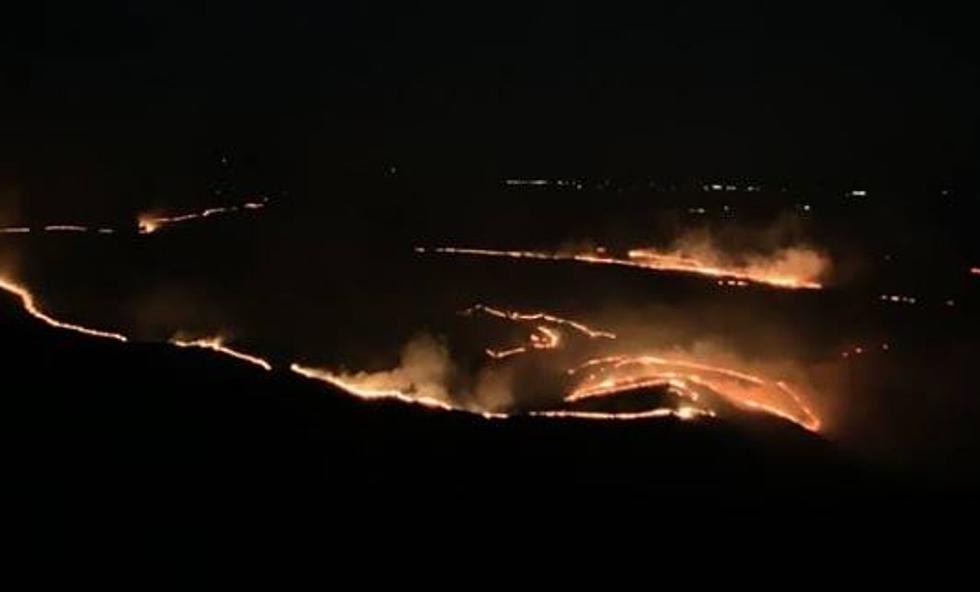
POAS Reminds Farmers To Call Before Starting Field Work
Farming never takes a season off.
Even in fields left to fallow, or sections where livestock are not grazing, there’s always work to do, and improvements to be made. Before you start work, the Pipeline Operators for Ag Safety are asking you to call 811 to ensure to know not only where all utility and pipelines are located on your property, but how deep they run. Safety Advocate Craig Potts says unfortunately, he’s seen several near misses that could have easily been avoided.

“Farmers are not making a one call, and they’re going out and plowing their fields and in many of these cases they are like a remote farmer or they are a tenant farmer, they don’t live on the property, they may not even own the property, but they’ve been hired to go farm the property, so they don’t know what utilities are located on the property.”
Potts said it’s not just renters that can run into problems with utility lines. He said problems arise when farmers are overly confident in their knowledge of their own land.
“When we talked to farmers, some of the things they told us, were, ‘all pipelines are buried five feet or deeper’. Well, that’s not really the case. Sometime they could have been buried as shallow as three feet and if you think about it, if they’ve been in the ground for decades, over time you have erosion, you have land contouring happening, you have subsoil movement, so a lot of things can happen over decades. So, that pipe many have been buried about three feet when it was first installed, but the ground cover on top of it might be closer to 18 inches.”
Potts added contrary to popular belief, not all underground pipelines are steal, which means damage can happen much easier than most people think.
Click Here for more safety tips from POAS.
If you have a story idea for the Washington Ag Network, call (509) 547-1618, or e-mail gvaagen@cherrycreekmedia.com
More From PNW Ag Network









